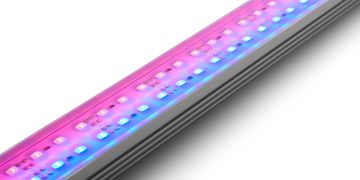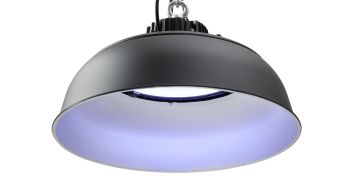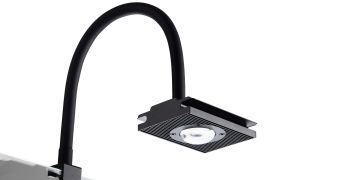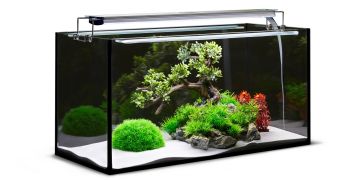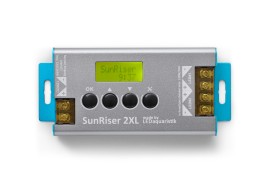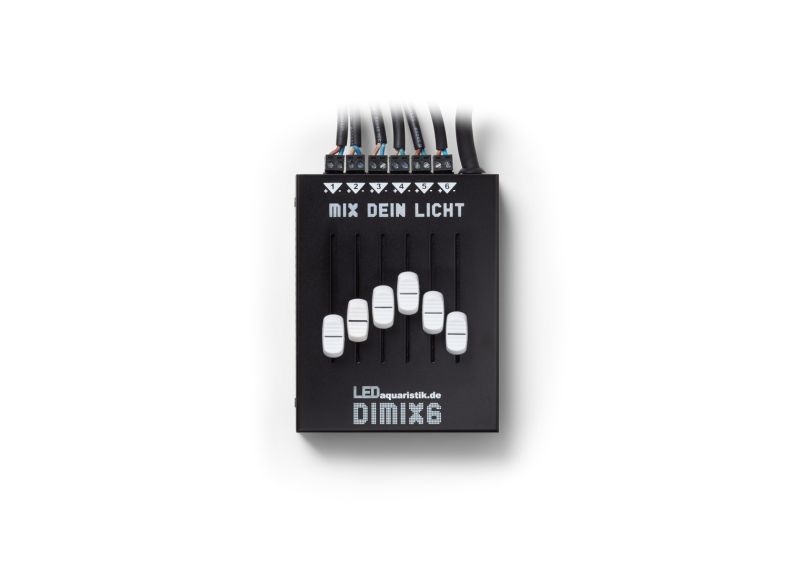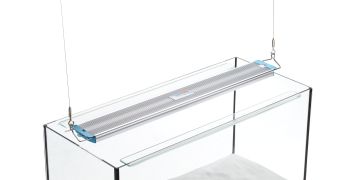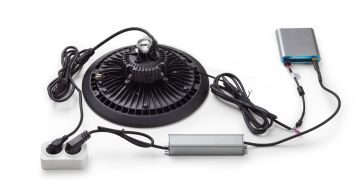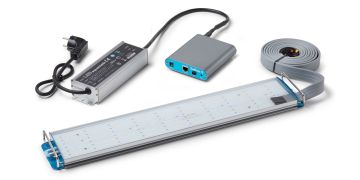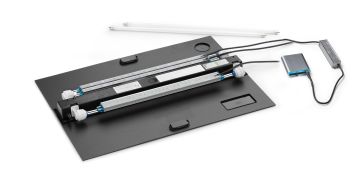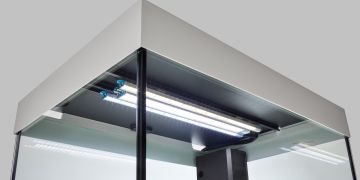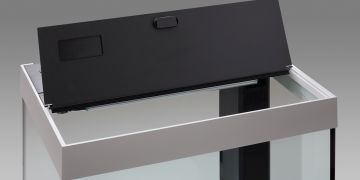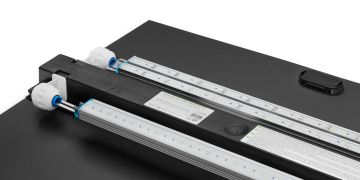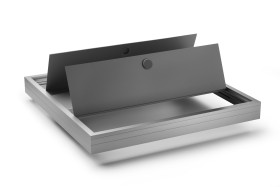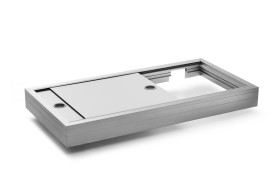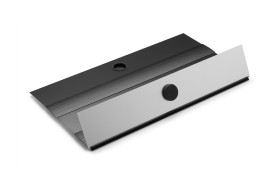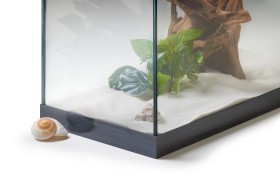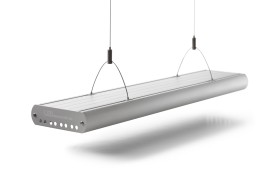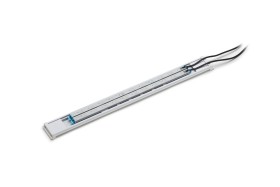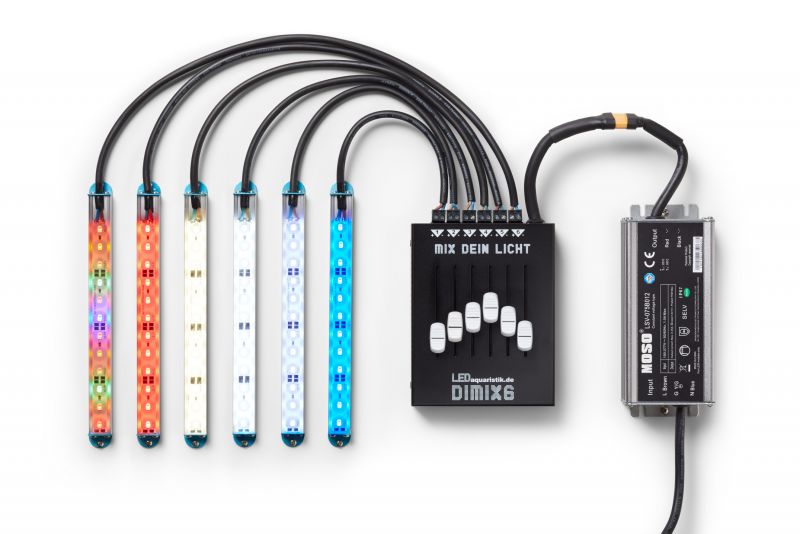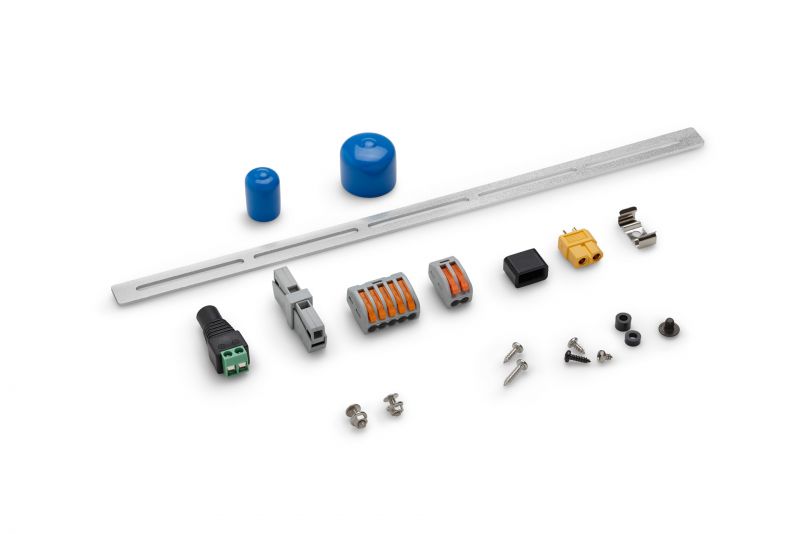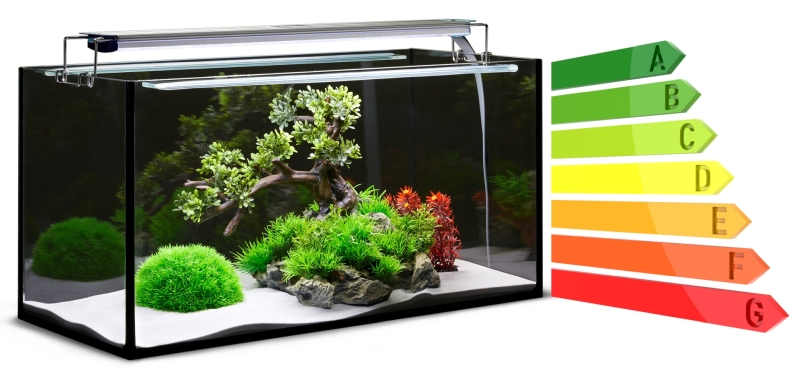Why does a value of e.g. 500 in the function test not mean 50% power/brightness?
A well-known problem in many areas that have something to do with light, such as LED control or photography, is the subjective perception of brightness in relation to the actual power of the light. The problem here lies in the characteristic curve of the human eye. This is not linear, or more precisely: it is almost logarithmic. This makes it possible to perceive a very wide brightness range, from a full moon with ¼ lux to normal desk lighting with 750 lux to a bright summer day with up to 100,000 lux. Such highly dynamic signals can only be handled with a logarithmic characteristic curve.
To counteract this effect, there is the so-called gamma correction. Mathematically, this function is a power function with an exponent, often called gamma for short, as the only parameter. We have now added exactly this function to the daily planning. Pre-calculations, previously made with more powerful computers, increase the accuracy and relieve the comparatively small processor of the SunRiser.
In the function test, on the other hand, we work with the direct power value, i.e. the value 1 to 1000 stands for the actual power that the LED consumes, 500 would therefore mean that 50% of the maximum current power is applied. If you now specify 50% in the daily planning, this means that the planning tries to produce a 50% brightness, this is then approximately at the value 32 in the function test (one cannot say this exactly because the time factor also plays a role here and therefore the final value sometimes deviates in order to improve a smoother transition to the next stage).
In planning, however, for users who want to have full control over performance, is to create an option that turns off this gamma correction and thus does an absolute, linear performance fading over the set time period. A further step after that would be the possibility to adjust the gamma correction instead of just switching it off.


